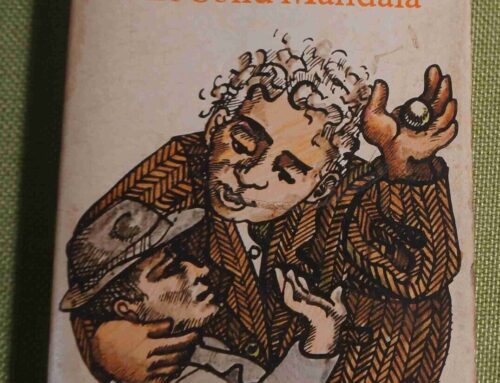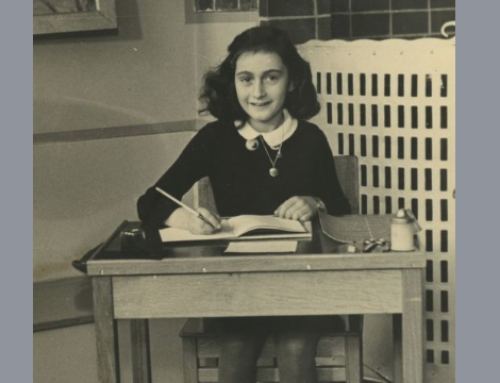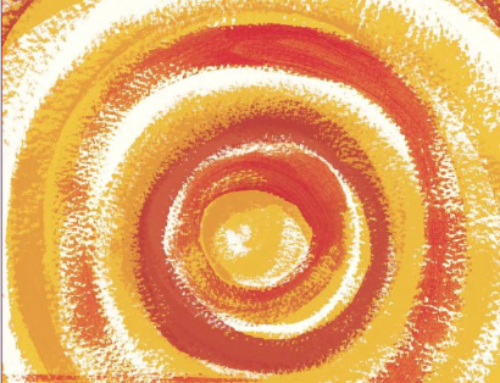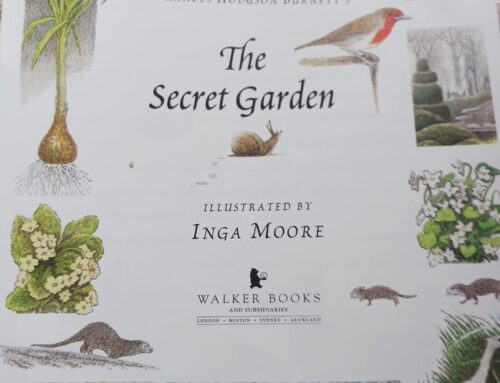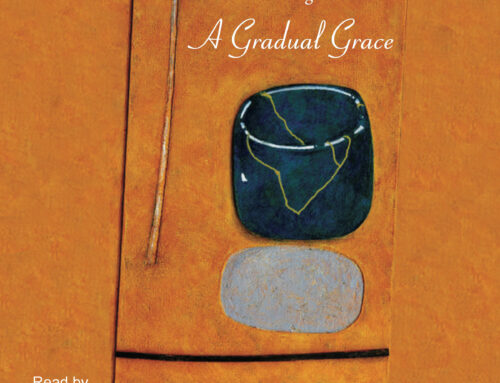The Crossing by M M Riches, published by Ginninderra Press, September 2020.
A sub-genre of historical fiction recreates the shameful history of the Stolen Generation, perpetrated by Australia’s systematic program of removing aboriginal children from their families so that they would become ‘assimilated.’ The underlying belief was that the Aboriginal people were dying off, an inferior and primitive race, and the superior white culture must be preserved. We have many testimonies to this time, and fictional recreations of it. M M Riches has written a deeply researched novel, dedicated ‘to the children of the Stolen Generations, their families and communities.’ She has not only researched archives and literature on the theme, she has walked and talked with many who shared with her their personal histories. So although she speaks with them, she does not speak for them, and keeps a fine balance between fictionalising women and children who were victims of these policies and respecting their integrity and autonomy. The central, initially naive point of view is that of the young woman, Sarah, who enters the story as a novice and is sent to Cobbs Crossing in the Mallee, to join the teaching staff at the local orphanage, St Cuthberts..
The tension between her desire to practice obedience and her growing disillusionment with her faith and horror at some of the cruel disciplinary practices and the double standards, whereby the children do hard menial work when they are not in classes, are dressed in threadbare clothes, and kept on subsistence rations, while the nuns enjoy comfort and plentiful meals, increases. She learns that the Mother Superior has taken two children fathered by a wealthy local station-owner into the orphanage, given them false names, and is hiding their identity from their mother. This policy is justified by the dogma that these children of an inferior race are ‘not well suited to academic learning’ and need to be trained in farm work (for boys) and domestic work (for girls). So they must speak English only and have no contact with ‘full-bloods’ or their families. ‘It’s for their own good,’ Mother Sebastian tells Sarah.
The first half of the story unravels Sarah’s illusions and confronts her with the harsh realities and deceptions of this regime. She becomes involved in the fates of the children fathered by the station owner, and forms a friendship with Mick O’Mara, a local journalist and trenchant critic of the Catholic Church and its support of the State’s management of Aboriginal affairs. A series of events lead Sarah to become a ‘dangerous radical,’ expelled from St Cuthberts. This is her moment of truth, of realisation that she entered the order for the wrong reasons. She resumes her original intention of training in nursing, with the desire to nurse in New Guinea, to repay what she sees as a debt to the ‘Fuzzy-Wuzzy Angels’ who saved the lives of her father and many other soldiers on the Kokoda Trail.
Meanwhile, she and Mick work together to expose the cruelty and deceptions of the regime at St Cuthberts, and to reunite the Aboriginal woman, Pearl, with the two children stolen from her. There are many vivid scenes that enact Sarah’s difficult progress from powerlessness to claiming a voice, telling the truth, listening to her heart, and following her own path rather than the one chosen for her. Sarah has two voices calling her, one of conscience (the debt owed) and one of desire for union with Mick. Which will she follow?
This complex, engaging story takes us into the heart of how it must have been in the sixties, showing us the suffering and despair of the subjugated people, the cruelty and arrogance of Church and State, the prejudice of social norms, and the courage of those who challenged the regime and sought to change it.
The Crossing is well-researched, well-constructed, engaging, and illuminating in its recreation of a time when mores were shifting and rules beginning to be rewritten. I highly recommend it to any reader who cares about our history and the need to rewrite it. I think it would be an excellent text for secondary school and for undergraduate reading lists.
